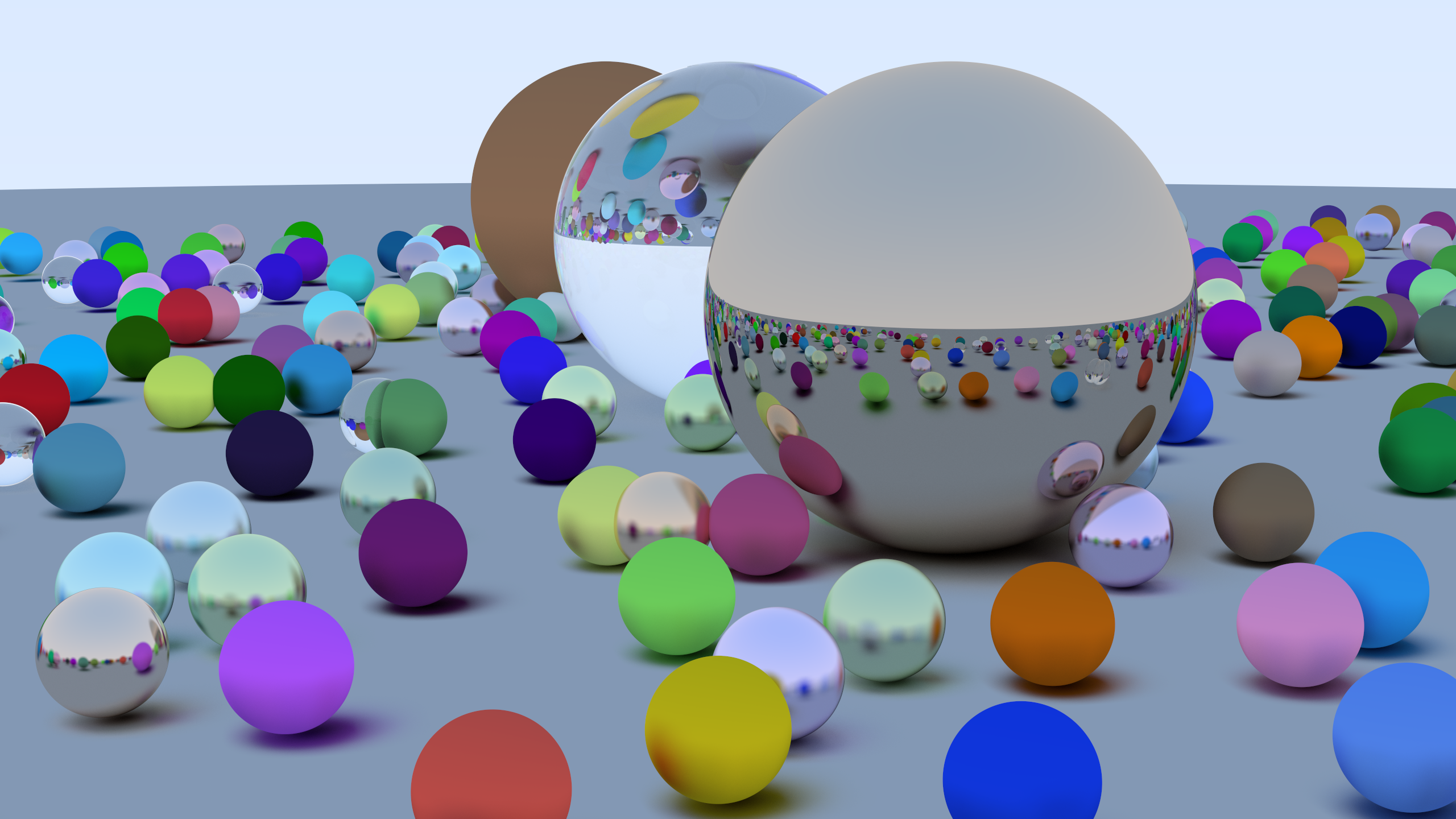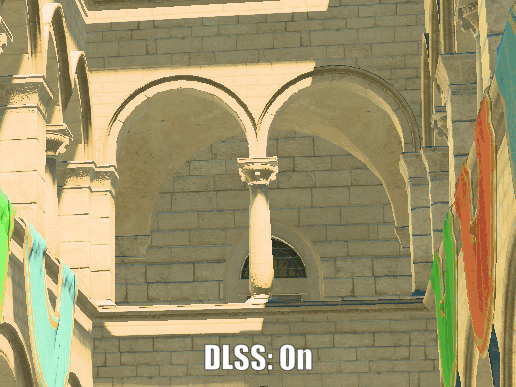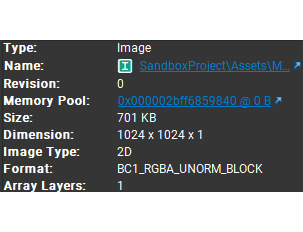At DevSH, I work on
Nabla,
focusing on advanced rendering and sampling research.
This role allows me to deepen my expertise in physically based rendering, GPU optimization,
and low-level graphics architecture while contributing to cutting-edge real-time rendering technology.
Here are some of my ongoing contributions to DevSH:
-
Work on Nabla's path tracer, improving accuracy and stability of the light transport pipeline.
-
Implement rejection sampling techniques for more robust and efficient BRDF sampling.
-
Develop sampling strategies that improve convergence and reduce variance in complex ray-traced
scenes.
-
Optimize GPU kernels, memory access patterns, and data flow for real-time path tracing workloads.
After completing my military service, I continued to apply and expand my skills in graphics programming
focusing on real-time ray tracing
by
working on a forked version of the Hazel Engine. In this independent project, I have:
-
Integrated NVIDIA DLSS 3.5, enabling higher performance and visual quality through AI upscaling
techniques.
-
Optimized CPU code using multiple techniques, including shader metadata caching and reading,
yielding significant performance improvements.
-
Engineered a custom ray tracer using Vulkan's hardware-accelerated ray tracing pipeline.
-
Integrated NVIDIA RTX Global Illumination (RTXGI) to enable real-time dynamic global illumination.
-
Designed a physically-based path tracer to improve rendering quality for cinematic scenes.
-
Optimized memory usage with Block Compression (BCn) formats and caching strategies using DDS to
store all LODs.
-
Optimized compilation times by reducing header parsing counts, cutting compilation time from 75s to
60s on an i5 13600KF.
-
Enhanced rendering performance and flexibility using bindless descriptors.
-
Optimized resource descriptor processing by implementing a bit-manipulated hashmap, reducing times
from 1ms to 0.02ms.
These enhancements have further expanded the capabilities of the Beyond Engine, demonstrating my ability to
independently drive the development and improvement of complex graphics engines. You can find the source
code
here.
During my tenure at The Forge
Interactive Inc., I
had the
opportunity to work on several high-impact features.
This experience allowed me to enhance my troubleshooting and optimization skills, contributing
to the company's project and my professional growth.
Here are some of my contributions to The Forge:
-
Maintained the cross-platform framework for PlayStation, Xbox, Switch and many other platforms.
-
Upgraded software ray-traced shadows to hardware-accelerated ray-traced shadows.
-
Worked with platform-specific graphics debuggers, learning troubleshooting and optimization
techniques.
-
Worked on the internal testing of the framework, improving testability and stability.
This is Tensor, maintained by Senkii Inc. I was able to spend a
week (holiday from military service) every 2 weeks spent
at my militray unit. Despite the constraints, I was able to make substantial
contributions to Tensor:
-
Transitioned numerous features from Hazel to the OpenGL-based Tensor.
-
Introduced Planar Reflections for enhanced reflection quality and performance.
-
Integrated Linearly Transformed Cosines (LTC) area lights for improved lighting effects.
-
Introduced Weighted Blended Order-Independent Transparency (WBOIT) to enhance transparency
rendering.
-
Utilized Atlas-Based Shadow Maps for efficient shadow mapping.
These features not only improved the visual quality and realism of the Tensor engine but also demonstrated
my ability to work effectively under challenging conditions.
As a volunteer rendering engineer for the Hazel
Engine , I contributed to the development of a powerful
3D game engine. My primary responsibilities included:
-
Implementing a forward+ renderer, allowing thousands of lights in real=time evaluation by culling
lights that are outside of the camera view.
-
Implementing advanced graphics techniques such as Ground Truth Ambient Occlusion (GTAO), Screen
Space Reflections (SSR), and Horizon-Based Ambient Occlusion (HBAO).
-
Enhancing the engine's lighting techniques to improve the realism and visual appeal of the rendered
scenes.
As a final year project student, I built my own rendering engine called Beyond.
My primary acheivements were simple and they included:
- Developed a derferred lighting renderer to enhance performance.
- Implemeted Screen-Space Ambient Occlusion (SSAO).
- Implemented Point and spot lights with soft shadows.
- Utilized OpenGL's tessellation shaders to allow for more detailed geometry with displacement maps.
- Implemented Screen-Space Reflections.










